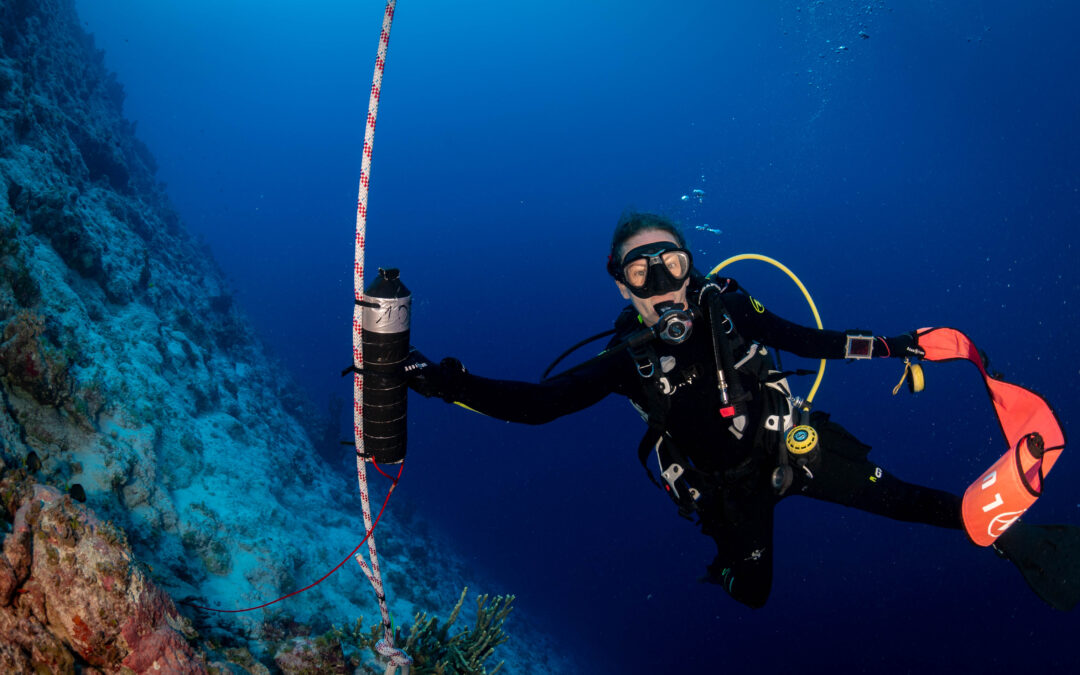Much of what the S/Y Seahawk mission is about involves developing a better understanding of the marine environment, especially pelagic species. The focus is on migration patterns, Tiger and Grey Reef sharks of special interest because it is suspected that the travel itineraries in play are key to sustainability. Understanding reproduction strategies for these animals is also important. Knowing where the pupping areas are located could be the key to protecting the threatened population without having to make the sometimes-controversial Marine Protection Areas (MPAs) excessively large. For this, we mostly lean on our visiting scientists including Clémentine Séguigne who joined S/Y Seahawk for its most recent exploration of the Tuamotu Islands, French Polynesia during the months of March and April. The work itself is awe inspiring just because of the magnificence the laboratory affords. Of course, the science that follows is exceedingly important, too. What is learned may be the key to not only saving a species but the ecosystem as a whole.
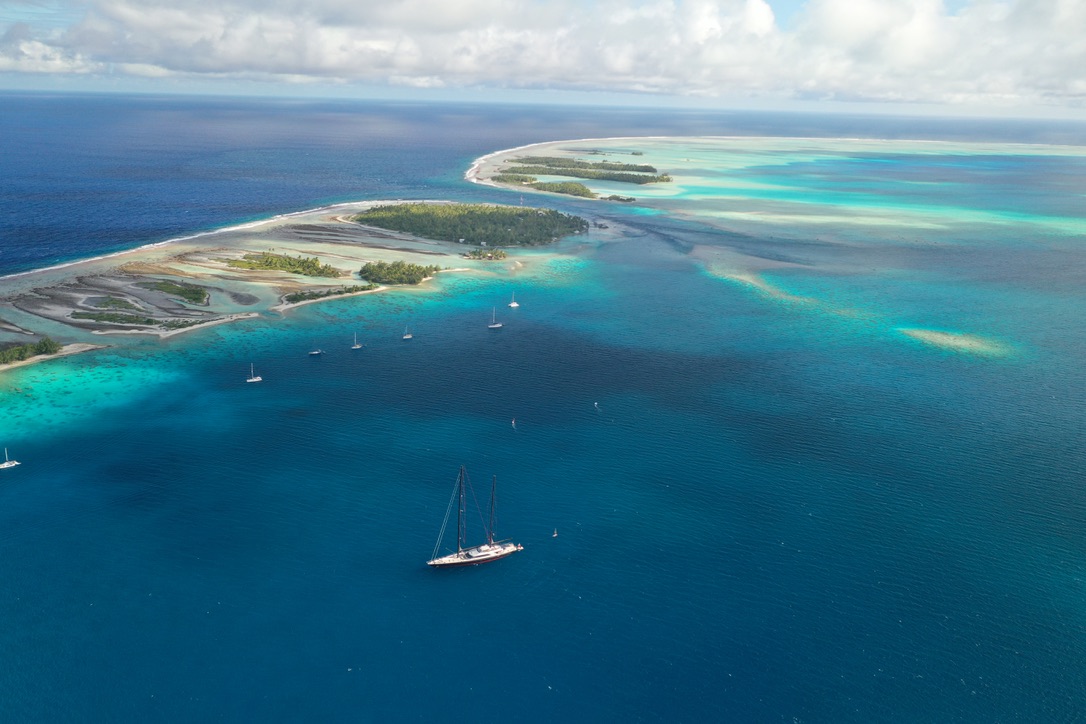
The Tuamotu Island chain of French Polynesia is known for its stunning beauty both below and above the water. There is much complexity here to unravel because these atolls all revert to a volcanic history. Similar to the present-day younger islands of Moorea and Bora Bora, the Tuamotu islands once enjoyed some relief. Now, where there was land forming, e.g., domes and plateaus, there are luxurious lagoons, in most cases surrounded by the remanence of vast coral colonies. There are also one or more natural passes that exit these lagoons. In some cases, the passes through the coral reefs were formed because of the geology in play. More often it is the freshwater runoff (rain) that carves a path through the coral, (coral does not like fresh water.) But beyond the formation curiosity, these passes are where the action is. The currents that form both in and out of the lagoons attract a wide variety of species. Some come to these places to breed. Others, prototypically a variety of shark species, enjoy feeding and the luxury of resting on the bottom while the current effortlessly pumps oxygen through their gills.
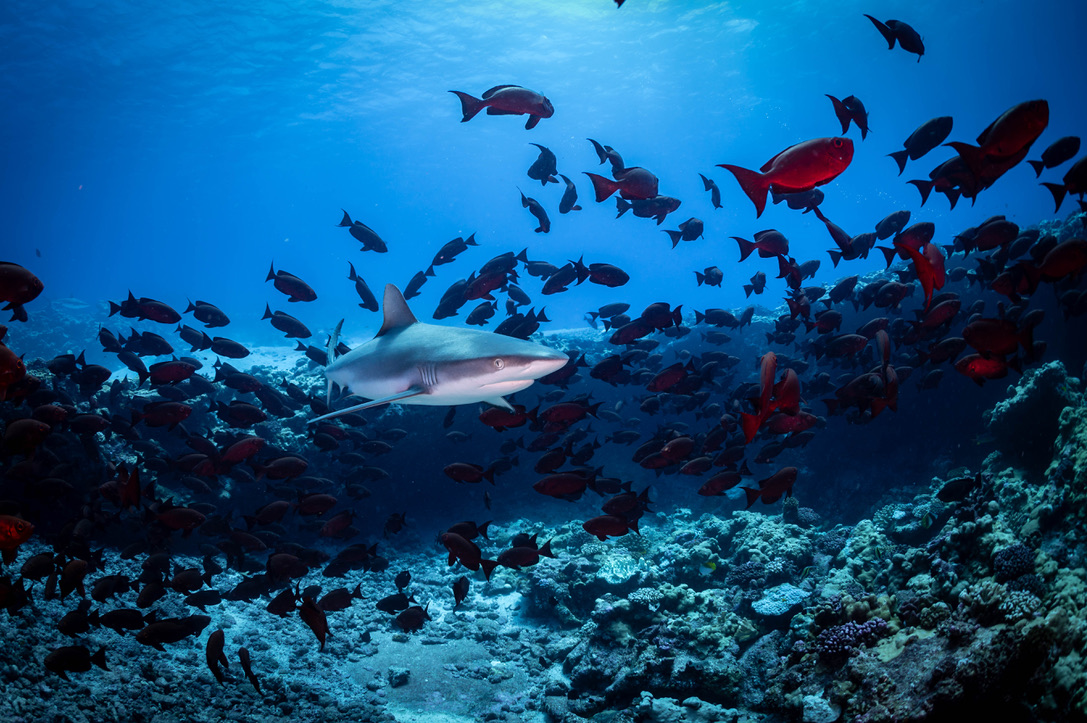
Sharks are a keystone species in the marine ecosystem. As an apex predator, they keep the ecosystem in balance, and without them, the entire food web will collapse. Sharks are vital to the health of the oceans and to our existence on this planet. We must protect them.
Seahawk is on a mission to help researchers and advance the protection of sharks. In 2021 we began our involvement with Operation Swimway and partnered with researchers to tag 4 Tiger sharks and deploy 10 electronic receivers underwater to detect the transmission of the tagged sharks. Each receiver is an electronic device capable of detecting acoustic signals from the tags; it is encased in a waterproof canister that is about the size of a 1 litre water bottle, and affixed to the ocean floor by a rope attached to a chain at the base and a buoy at the top to keep it upright in the water column. To learn more about this endeavour, check out our mission log from our last trip in 2022 to French Polynesia.
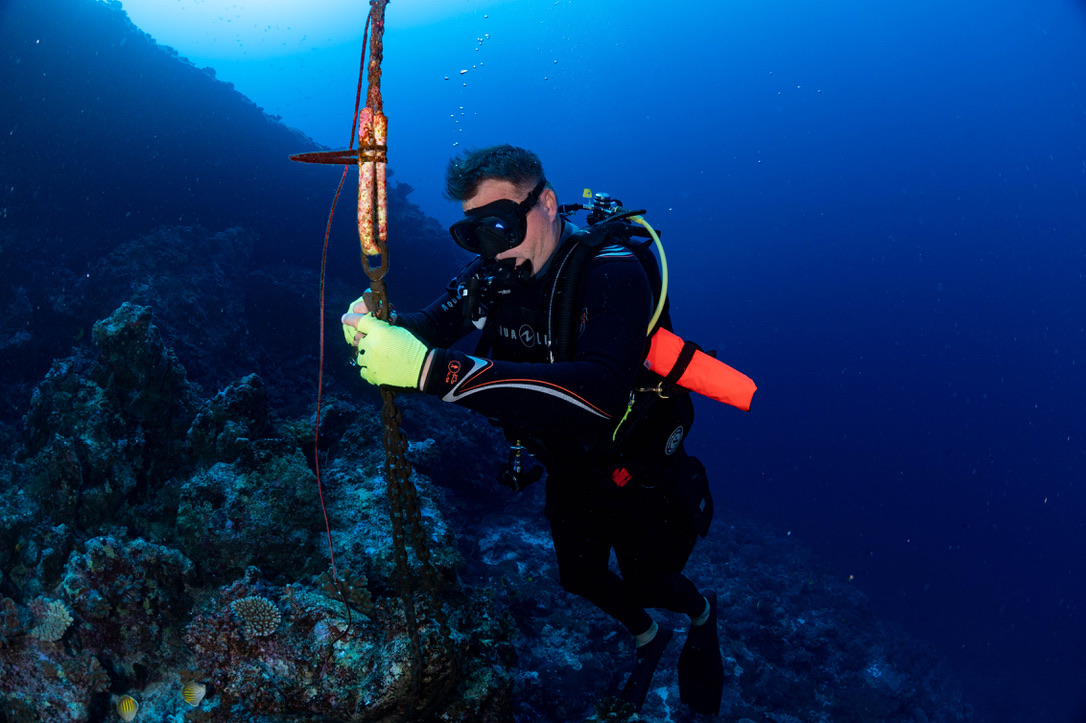
Fast forward 2 years and Seahawk is back cruising around the stunning Tuamotu Islands, French Polynesia in March 2024. Along with our excellent guides Rodolphe and Sébastien, Tahiti Private Expeditions, the dive team followed the GPS coordinates of the receivers and set out to retrieve them. The team strategically planned each dive to navigate strong currents, shifting tides, and depths up to 35 meters to dismantle the chains, buoys, and collect the receivers with 2 years of crucial data about the sharks’ movements.
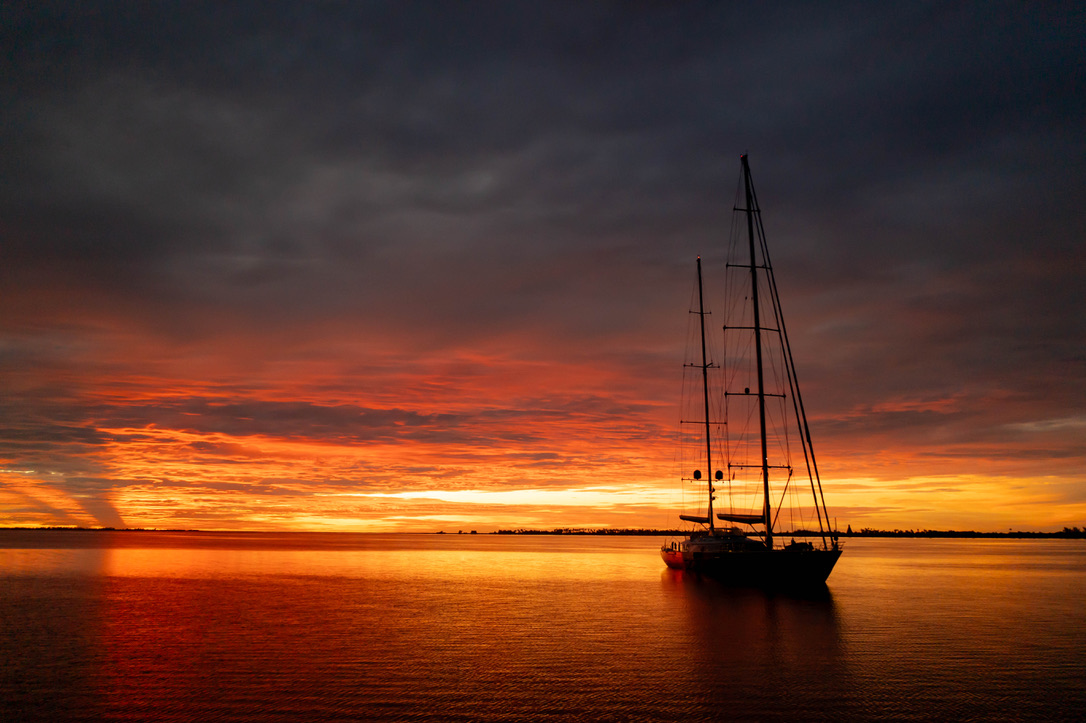
After the retrieval mission was complete, Seahawk sailed back to Tahiti and returned the canisters to the research team at IREMP so that they could analyse the sharks’ movements over the past 2 years. They learned some fascinating information about the local tiger sharks, which atolls they tend to prefer, which ones they didn’t visit, and which passes they frequented. Because of this information learned, the research team decided to focus their next data collecting mission on one unique atoll called Tahania atoll. This spot was chosen because tiger shark activity was detected here, and it is uncommon for an atoll to have 3 separate passes that allow water and marine life to flow in and out of the lagoon with each changing tide.
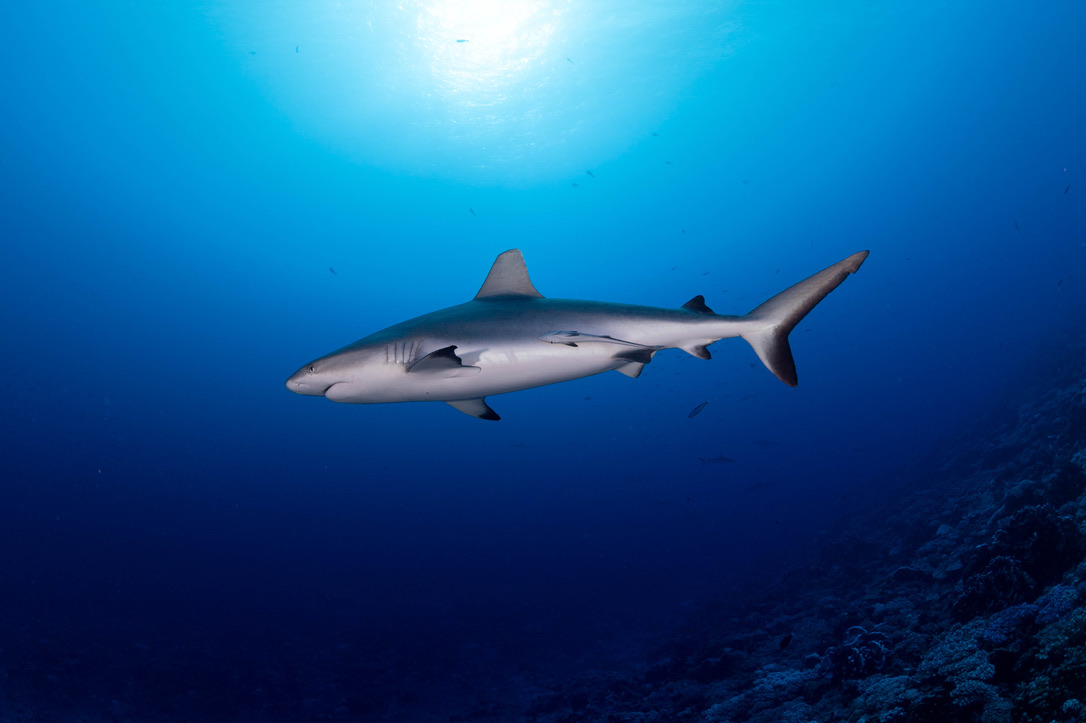
Along with researcher Clémentine Séguigne, and our experienced local guides, Seahawk helped deploy 6 new receivers at Tahania atoll. The receivers were strategically placed on the outside corners of each of the 3 passes to get the best chance of detecting a ping from a tagged tiger shark. Clementine found that the best chance for data collection would be at a deeper depth, so we deployed each receiver at a depth of 30-40 meters. The team had to work quickly at these depths and pay careful consideration to their no decompression time limits, but once the receiver was successfully installed, and the GPS coordinate marked, there were high fives and celebration all around! We look forward to learning more about the tiger shark movements around Tahania Atoll.
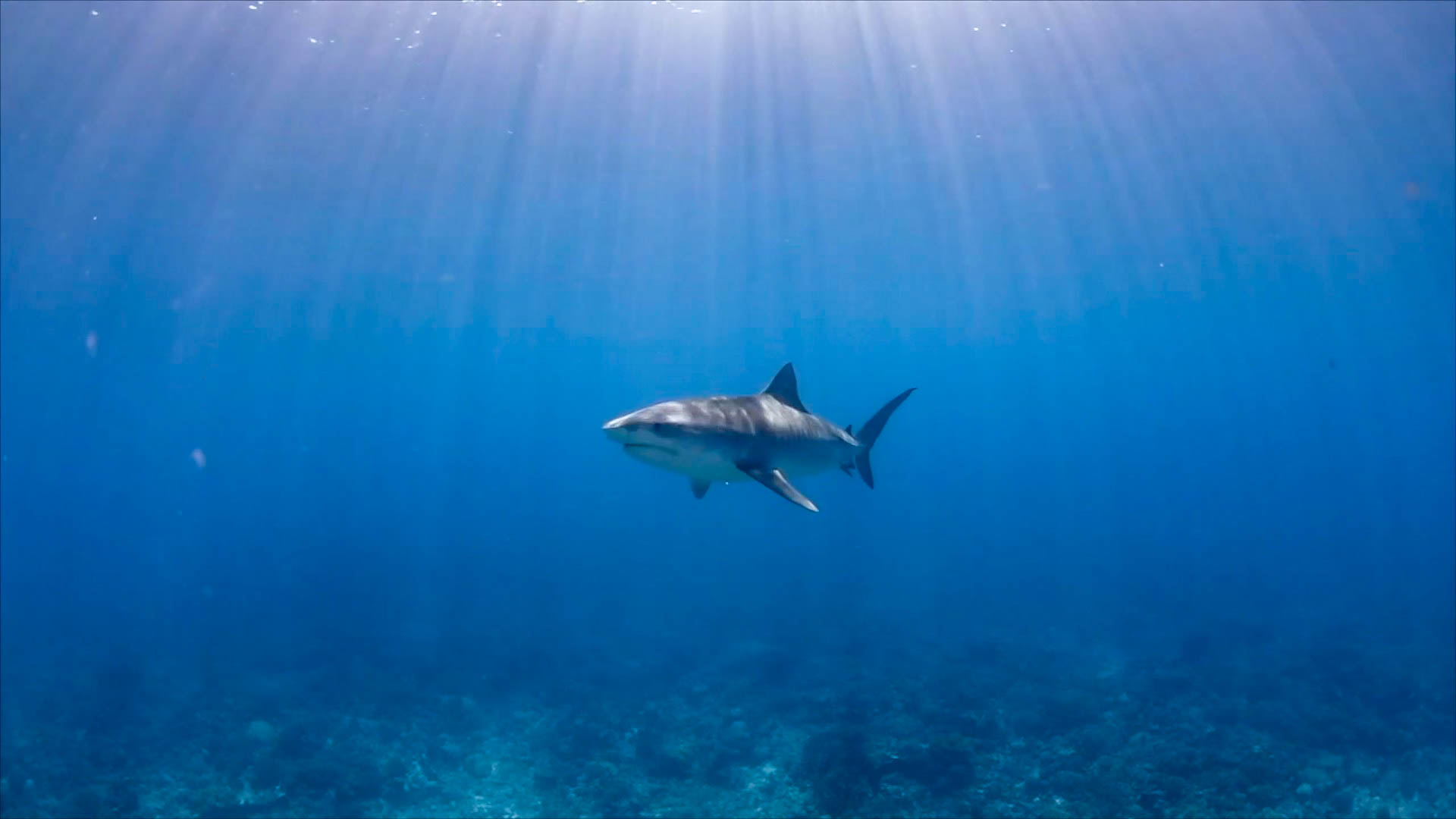
Through all these efforts, the ultimate goal is to better understand the tiger shark movements and ecology so that the researchers can propose MPAs to the local government and protect the crucial habitats for the species. Seahawk is one vessel able to provide support to researchers conducting field work in these remote locations. Through nonprofits like Yacht Aid Global, the hope is that other vessels will become involved in similar projects, all part of the greater effort to preserve the world’s oceans.

